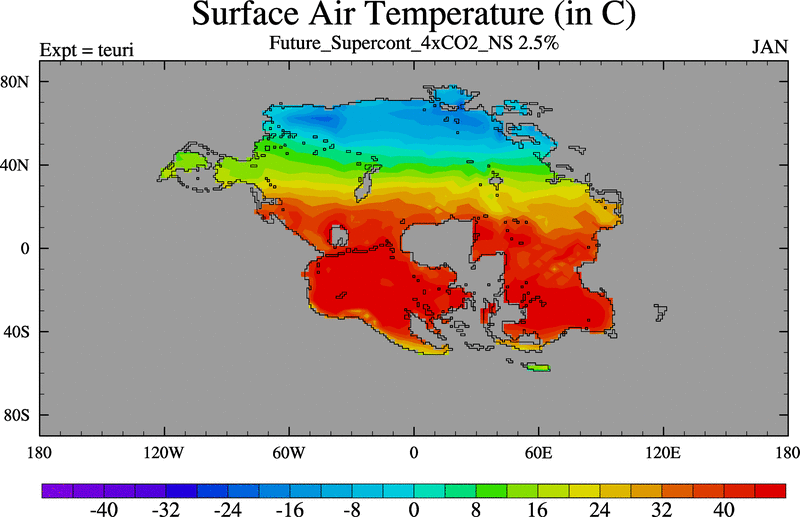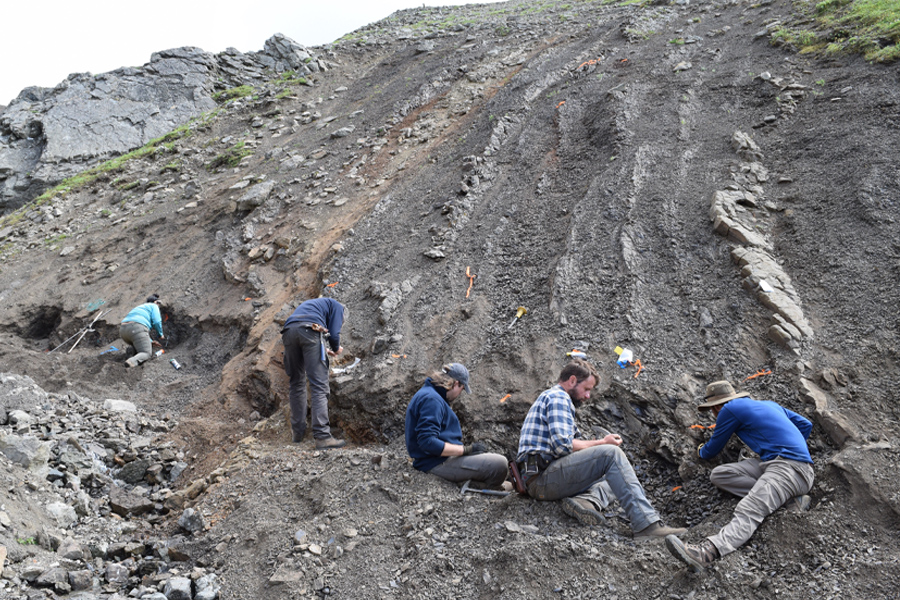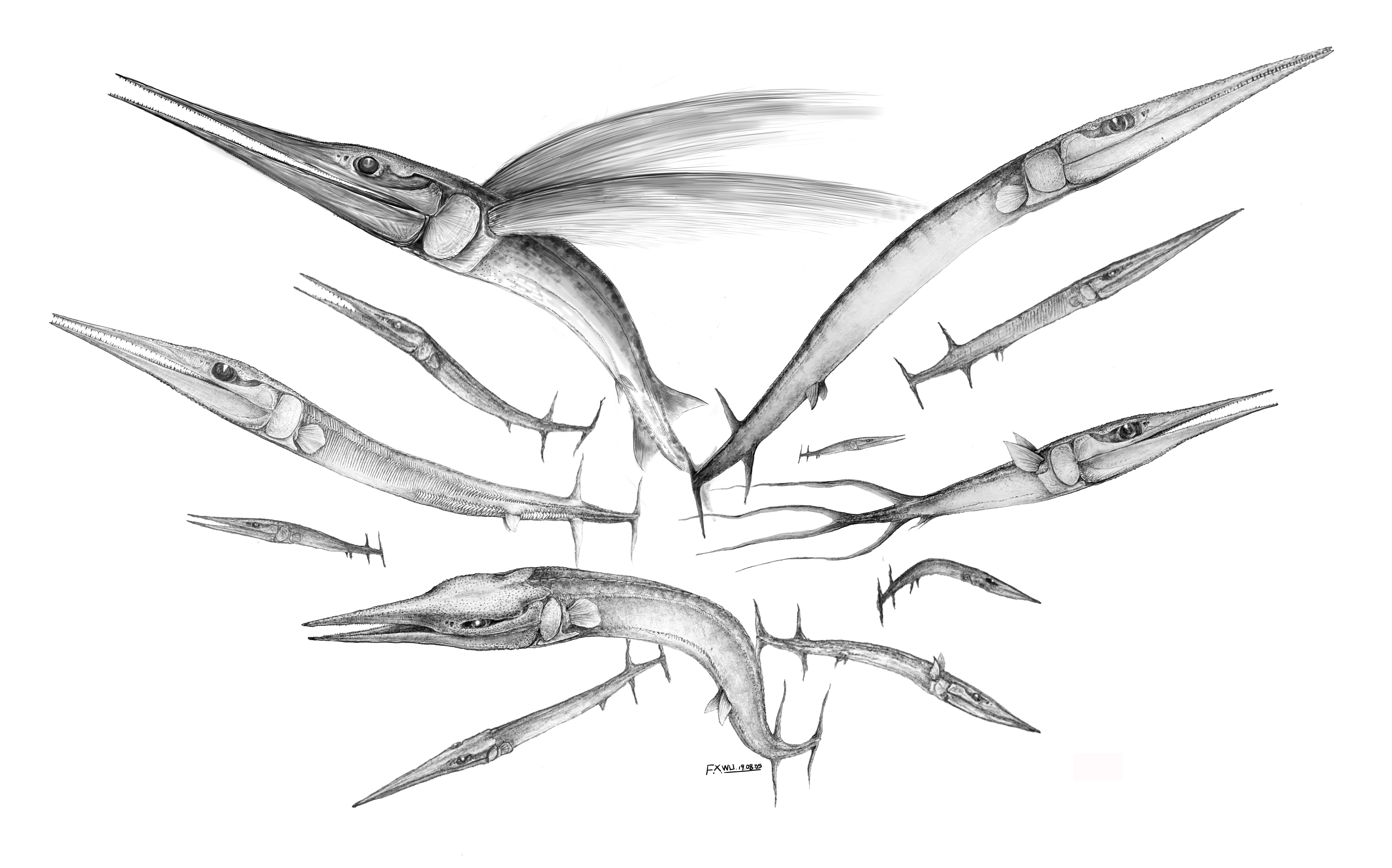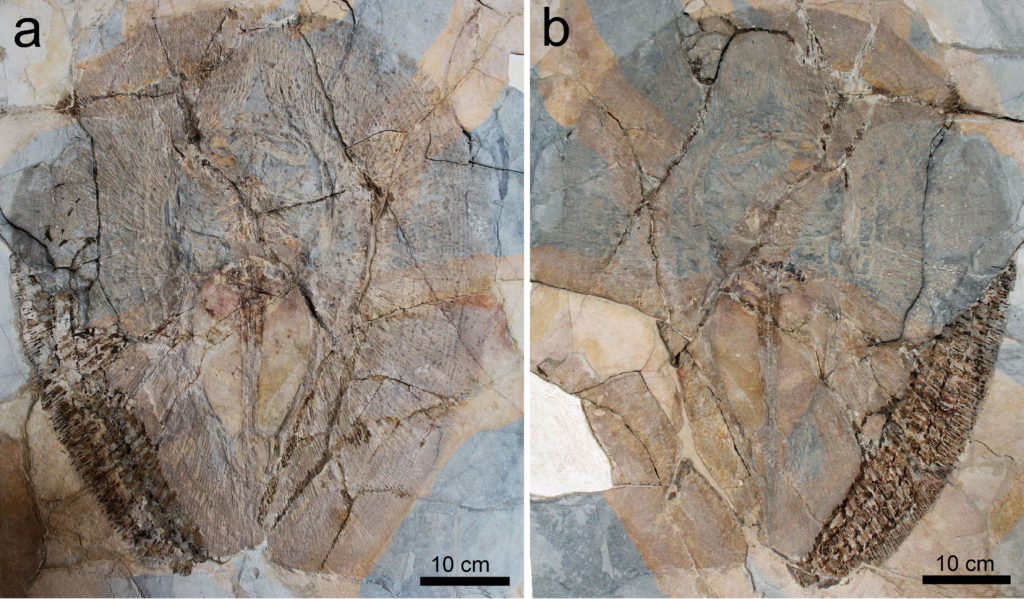A new study shows unprecedented heat is likely to lead to the next mass extinction since the dinosaurs died out, eliminating nearly all mammals in some 250 million years time.

news, journals and articles from all over the world.

A new study shows unprecedented heat is likely to lead to the next mass extinction since the dinosaurs died out, eliminating nearly all mammals in some 250 million years time.
The passenger pigeon. The Tasmanian tiger. The Baiji, or Yangtze river dolphin. These rank among the best-known recent victims of what many scientists have declared the sixth mass extinction, as human actions are wiping out vertebrate animal species hundreds of times faster than they would otherwise disappear.

A decline in the element molybdenum across the planet’s oceans preceded a significant extinction event approximately 183 million years ago, new research from Florida State University shows.
IUPUI scientists have found evidence that the evolution of tree roots over 300 million years ago triggered mass extinction events through the same chemical processes created by pollution in modern oceans and lakes.

Palaeontologists in the UK and China have shown that the natural world bounced back vigorously following the End-Permian Extinction.
We all know that the dinosaurs died in a mass extinction. But did you know that there were other mass extinctions?
A team of paleontologists from the University of Washington excavated four dinosaurs in northeastern Montana this summer. The four dinosaur fossils are: the ilium of an ostrich-sized theropod; the hips and legs of a duck-billed dinosaur; a pelvis and limbs from another theropod; and a Triceratops specimen.
Associate professor Laura Wasylenki co-authored a new paper in Nature Communications that presents the results of nickel isotope analyses on Late Permian sedimentary rocks. The results demonstrate the power of nickel isotope analyses, which are relatively new, to solve long-standing problems in the geosciences.

A new study published Feb. 24 in the journal Royal Society Open Science documents the earliest-known fossil evidence of primates. These creatures lived less than 150,000 years after the Cretaceous-Paleogene mass extinction event that killed off non-avian dinosaurs and saw the rise of mammals.

It’s not often a new mass extinction is identified; after all, such events were so devastating they really stand out in the fossil record. In a new paper, published today in Science Advances, an international team has identified a major extinction of life 233 million years ago that triggered the dinosaur takeover of the world. The crisis has been called the Carnian Pluvial Episode.
Mankind is the problem, and we appear to be hastily destroying life around us, says a Washington University in St. Louis biodiversity expert upon reading new research with a WashU connection. In a study published June 1 in the Proceedings of…

An international research team led by Giuseppe Marramà from the Institute of Paleontology of the University of Vienna discovered a new and well-preserved fossil stingray with an exceptional anatomy, which greatly differs from living species. The find provides new insights into the evolution of these animals and sheds light on the recovery of marine ecosystems after the mass extinction occurred 66 million years ago.